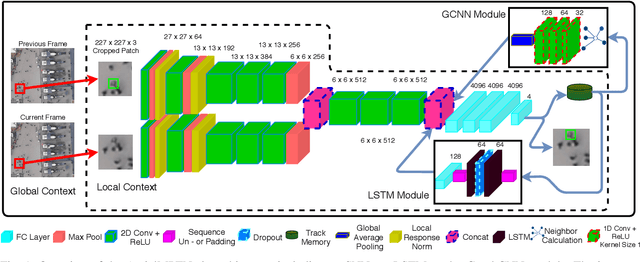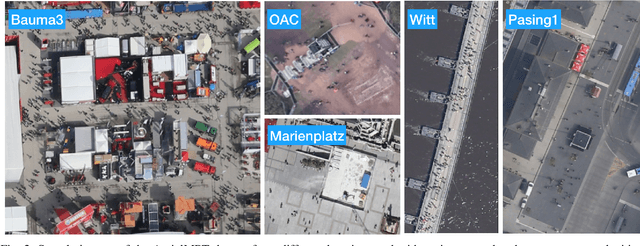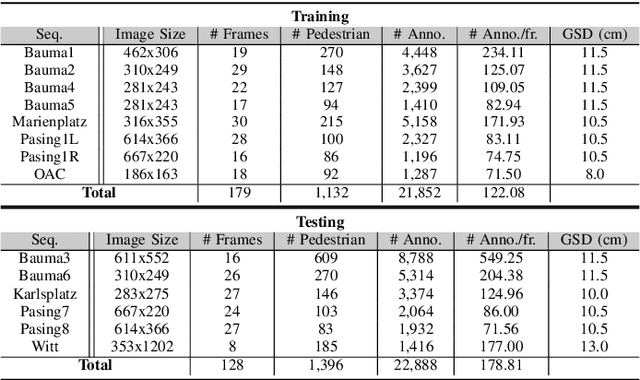Emec Ercelik
A Survey of Robust 3D Object Detection Methods in Point Clouds
Mar 31, 2022


Abstract:The purpose of this work is to review the state-of-the-art LiDAR-based 3D object detection methods, datasets, and challenges. We describe novel data augmentation methods, sampling strategies, activation functions, attention mechanisms, and regularization methods. Furthermore, we list recently introduced normalization methods, learning rate schedules and loss functions. Moreover, we also cover advantages and limitations of 10 novel autonomous driving datasets. We evaluate novel 3D object detectors on the KITTI, nuScenes, and Waymo dataset and show their accuracy, speed, and robustness. Finally, we mention the current challenges in 3D object detection in LiDAR point clouds and list some open issues.
AerialMPTNet: Multi-Pedestrian Tracking in Aerial Imagery Using Temporal and Graphical Features
Jun 27, 2020



Abstract:Multi-pedestrian tracking in aerial imagery has several applications such as large-scale event monitoring, disaster management, search-and-rescue missions, and as input into predictive crowd dynamic models. Due to the challenges such as the large number and the tiny size of the pedestrians (e.g., 4 x 4 pixels) with their similar appearances as well as different scales and atmospheric conditions of the images with their extremely low frame rates (e.g., 2 fps), current state-of-the-art algorithms including the deep learning-based ones are unable to perform well. In this paper, we propose AerialMPTNet, a novel approach for multi-pedestrian tracking in geo-referenced aerial imagery by fusing appearance features from a Siamese Neural Network, movement predictions from a Long Short-Term Memory, and pedestrian interconnections from a GraphCNN. In addition, to address the lack of diverse aerial pedestrian tracking datasets, we introduce the Aerial Multi-Pedestrian Tracking (AerialMPT) dataset consisting of 307 frames and 44,740 pedestrians annotated. We believe that AerialMPT is the largest and most diverse dataset to this date and will be released publicly. We evaluate AerialMPTNet on AerialMPT and KIT AIS, and benchmark with several state-of-the-art tracking methods. Results indicate that AerialMPTNet significantly outperforms other methods on accuracy and time-efficiency.
 Add to Chrome
Add to Chrome Add to Firefox
Add to Firefox Add to Edge
Add to Edge